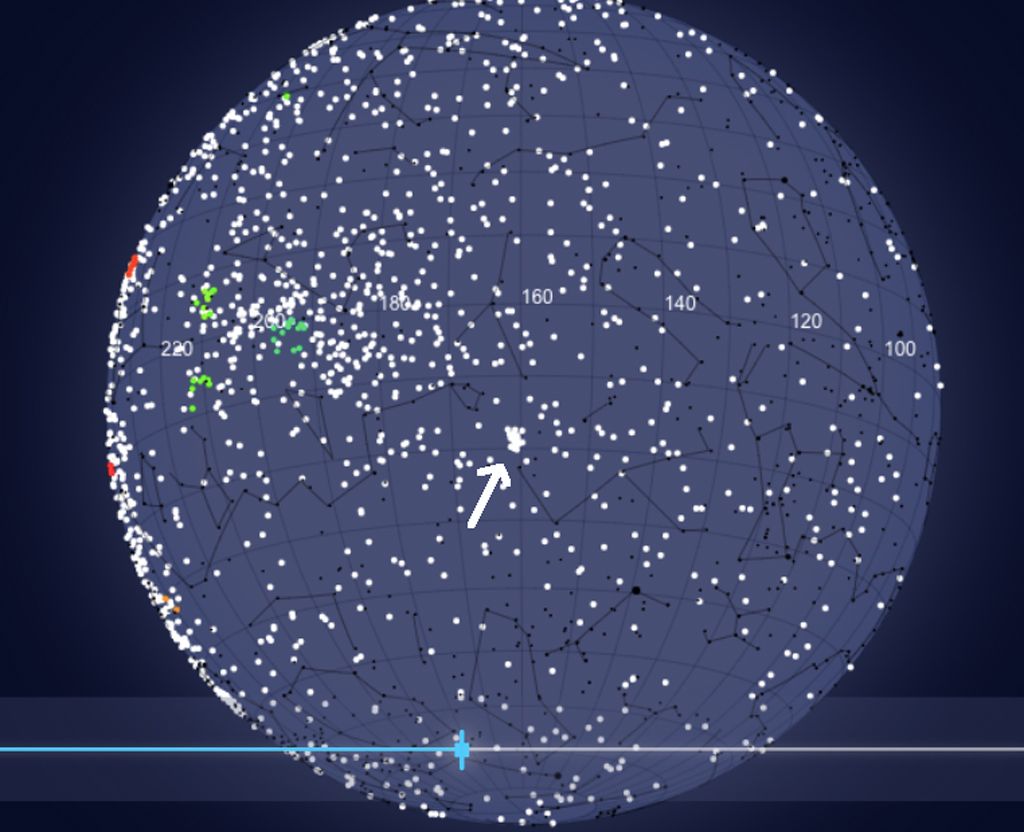
Peter Jenniskens reports that the global Cameras for Allsky Meteor Surveillance (CAMS) low-light video-camera networks detected an outburst of February Hydrids this year (cf. website URL http://cams.seti.org/FDL/ for dates of 2023 Feb. 11-17). The shower was previously in outburst in 2013 (when 3 meteors were triangulated) and in 2018, when the shower was first recognized from twelve triangulated orbits. The shower is nearly absent in CAMS data in other years. The episodic returns and measured semi-major axis are consistent with a 4.7-year periodicity from dust trapped in the 5:2 mean motion resonance with Jupiter. Based on the shape of the orbit, this shower is caused by an unidentified Jupiter-family comet.
Link to the CBET telegram:
http://www.cbat.eps.harvard.edu/iau/cbet/005200/CBET005231.txt





